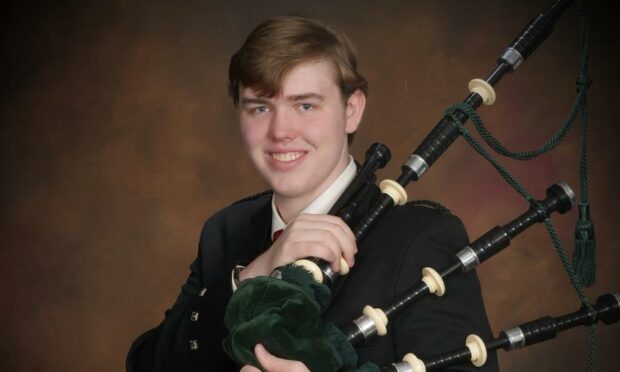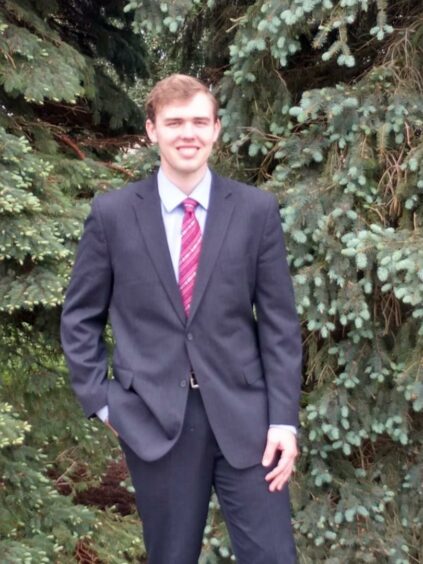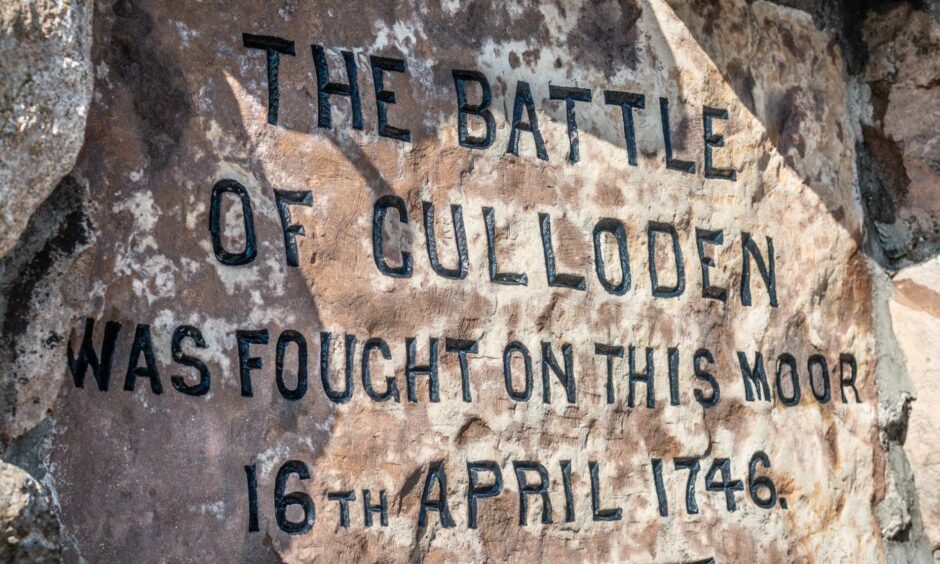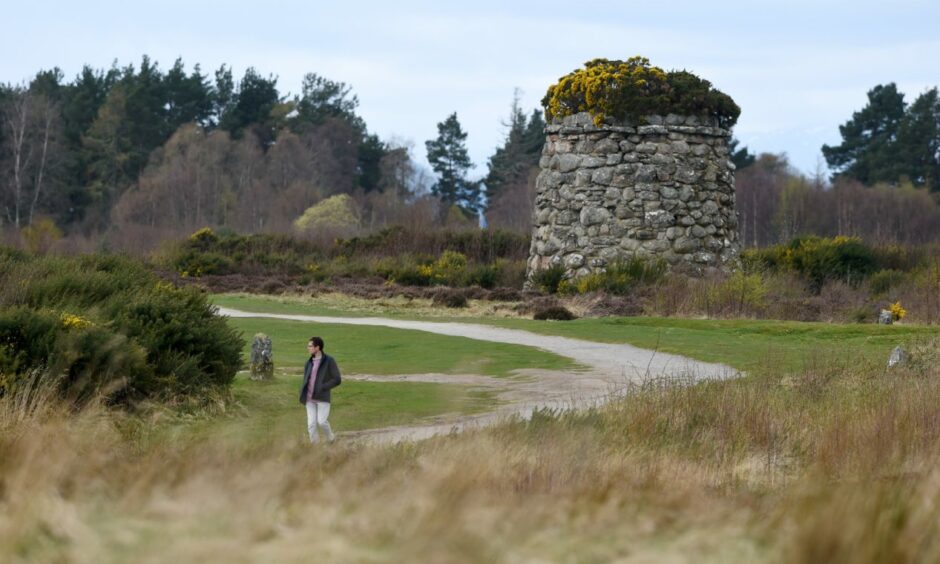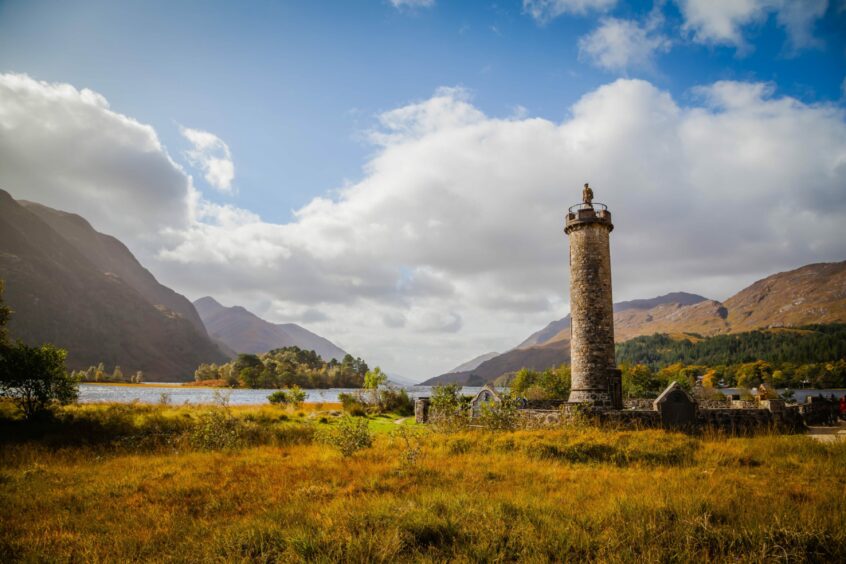Like the Jacobite challengers to the throne that interest him, Andrew Simpson hopes to rally the troops to help with a personal quest.
The American student has embarked on a project to collect and record every song and piece of folk music dealing with Scotland’s Jacobite Rebellions in 1715 and 1745.
Andrew, 24, originally from rural Nebraska and now living in Arizona, has appealed for help from Scottish societies throughout the US and members of the wider Scottish diaspora.
Around 275 songs already collected
He said: “The current aim of the project is to collect Jacobite songs from the contemporary period and into the later romanticisation period and provide both the music score and a short history behind the subject and the song itself.
“If anyone has sheet music, lesser-known Jacobite songs, or histories of Jacobite songs, I would love to collect and record the material.”
He has already collected about 275 songs and expects that number to rise to around 400 as research continues.
“The goal of the collection is to publish a user-friendly compilation of the Jacobite songs with corresponding sheet music.
“This will give artists, students of history and people with personal connections to the period a chance to see not only how the original Jacobites saw themselves, but how the later influencers of Scotland, Robert Burns, James Hogg, Robert Tannahill, and Lady Nairne, saw the Scottish identity and sought to shape it around the Jacobites and Highland culture.
“As such, I am currently writing introductions to each song that will provide information about the author (if known), the material that is covered in the work and the larger significance of the piece if there is any.”
Andrew’s family can trace its roots back to the Frasers of Lovat.
He also has 19th-century ancestors who lived in small farming towns and villages in Kincardineshire such as Laurencekirk, Benholm and Catterline.
Growing up with Scottish legends
He currently teaches European history and philosophy at a school in Phoenix.
Later this year he will be attending St Andrews University. He will study towards a master of letters degree in early modern European history.
Andrew said his family grew up on the traditional legends of Scotland, including those of Bruce and Wallace.
He also developed a love for the bagpipes. He started taking lessons in high school and has now been playing for eight years.
His interest in the Jacobite period began when he wrote a college paper on Viscount Dundee.
It is my firm belief that remembered cultural history is often recorded in our folk songs
Andrew Simpson
“While doing the research I stumbled across the song ‘Braes O’ Killiecrankie’ and was disappointed to learn how little there was in the realm of documentation about Jacobite folk music.
“After that I came across The Corries and their work in traditional folk music and wanted to have a complete compilation of Jacobite folk music for my own use.
“It really intrigued me that so much of the Jacobite music that is loved by modern generations is a development out of romanticism writers, such as Robert Burns and James Hogg, and how their work helped to solidify the modern cultural understanding of the Jacobite cause.”
Deep level of cultural and contextual knowledge required
He points to the Skye Boat Song which he described as “heavy romanticisation of the event, less historical accuracy”.
Andrew’s aims for the songs include understanding their cultural significance and the stories they tell.
As well as a historical introduction to each song, he wants to provide music with the lyrics.
Several works published in the 1800s included lyrics but no sheet music, he says.
“I want to include the author, topic, historical significance, and other relevant information to the song.
“Many of the folk songs written before or after the Rising of ’45 require a deep level of cultural and contextual knowledge to understand what is being communicated.
“Additionally, it is my firm belief that remembered cultural history is often recorded in our folk songs.
“It would be impossible to understand one’s cultural history without understanding the folk music behind it.”
Interest in Jacobite history has grown recently with the Outlander books and TV series. The sixth season premiered last month.
Earlier risings were followed in 1745 by Charles Edward Stuart, Bonnie Prince Charlie. His attempt ended in defeat at Culloden In April 1746.
Events to mark the 275th anniversary of the battle last year had to be held online due to the pandemic.
This year, the National Trust for Scotland will hold a series of commemorations at Culloden both on-site and online from April 14 to 17.
Andrew can be contacted at: a_simpson1@outlook.com
